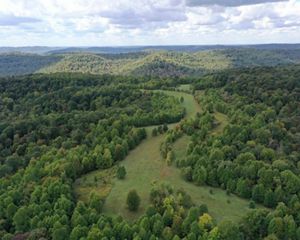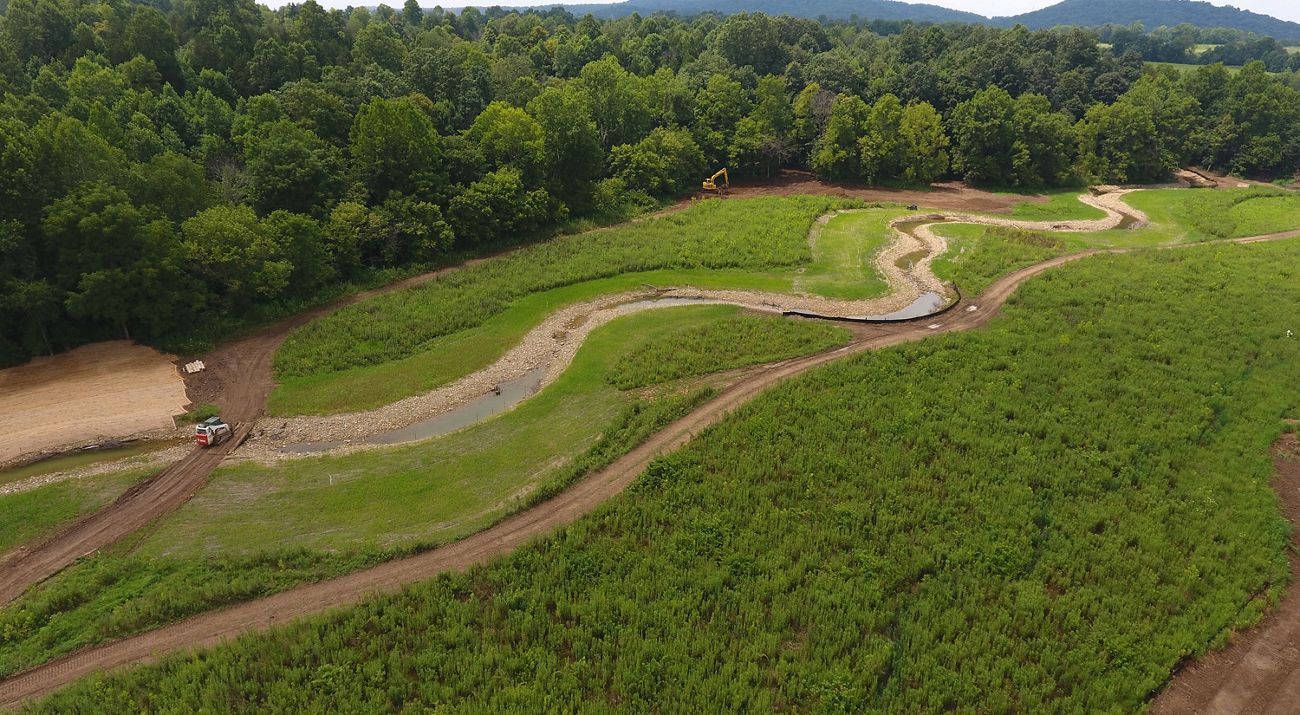
Ohio Stream and Wetland In-Lieu Fee Mitigation Program (OMP)
OMP restores and protects streams and wetlands for future generations while offsetting unavoidable environmental impacts from economic development.
The Ohio River, Lake Erie and their tributaries are critically important to The Nature Conservancy's efforts to protect and preserve water quality in Ohio and beyond. Degraded streams and wetlands, and failed mitigation projects have a profound impact on conservation efforts throughout the state. Through the Ohio Mitigation Program (OMP), TNC is restoring streams and wetlands and protecting water quality in ways that provide critical wildlife habitat while allowing for economic development.
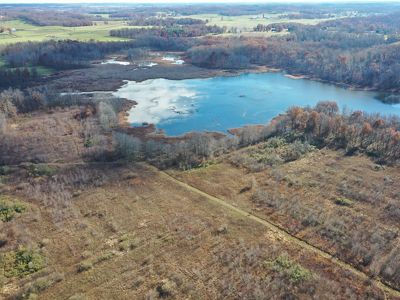
Get More Nature News
Get the best nature stories, news and opportunities delivered monthly.
The OMP consolidates money from many small permitted impacts to streams and wetlands and uses those resources to implement well-designed and strategically located projects that have a high chance of ecological success. Research has found that permittee-responsible mitigation projects, which are often small, scattered and poorly placed in the landscape, have a high failure rate.
Through the OMP, TNC and its conservation partners can conduct restoration and preservation activities in the same watersheds where wetland and stream disturbances have occurred, and provide further funding for watershed enhancement. Restoring the streams and wetlands in the watersheds of impact also provides the ecosystem services of flood control, fish and wildlife habitat and water quality to local residents and communities.


How Are Projects Selected?
TNC OMP pursues wetland and stream projects that meet a strict set of criteria. The following items are considered during the identification and review of a potential project:
- Overall fit within the OMP Compensation Planning Framework.
- Appropriateness of the site to provide mitigation for permitted impacts.
- Mitigation need and available funds in the project area (Primary Service Area).
- Likelihood of long-term success.
- Ability to permanently protect aquatic resources (e.g., conservation easement).
- Proximity to identified areas of concern, environmentally sensitive sites, or other protected lands.
- Project cost.
TNC uses a Site Selection and Evaluation Checklist, developed in coordination with other external experts, to score the proposed project and then develop a mitigation plan for the highest scoring projects in that Primary Service Area. The mitigation plan is submitted to the Interagency Review Team for their review and approval.
Who Approves Projects?
The regulatory agencies ultimately approve the OMP’s restoration projects. TNC submits potential projects to the regulatory agencies, who must approve both the proposed mitigation plan and the budget before the project can move forward. The regulatory review panel is known as the Interagency Review Team (IRT) and is chaired by the U.S. Army Corps of Engineers (Corps). Additional agency representatives on the IRT are from Ohio Environmental Protection Agency, U.S. Fish and Wildlife Service, U.S. Environmental Protection Agency, Ohio Department of Natural Resources and Natural Resource Conservation Service. The IRT provides regular review and input on the proposed projects.
Each project site is also put on public notice through the Corps and is available for public comment for 30 days. TNC addresses IRT and public comments in the development of a final project plan.
Learn More About Our OMP Work
Rialto Marsh Restoration
Learn how the OMP has been working to restore Rialto Marsh in Butler County.
Fox Creek Restoration
Discover how The Nature Conservancy and The Wilderness Center come together to improve the Tuscarawas Watershed.
Celebrating 10 Years
For the last 10 years, the OMP team has worked to restore and protect streams and wetlands in Ohio.
Jacoby Branch Restoration
See how conservation and agriculture are working in tandem in Yellow Springs, Ohio.
Funds generated from credit sales are held by our financial partner, the Ohio Water Development Authority, in an interest-generating account until a project is implemented by The Nature Conservancy. All credit sales are tracked by the Primary Service Area where the impacts occurred, and there is a high preference to develop the restoration sites in the same Primary Service Area as the impacts.
The Nature Conservancy is actively looking for potential stream and wetland mitigation sites to be restored and permanently protected. Potential properties may be proposed by regulatory or advisory agencies, localities and other conservation organizations. If you have a project you’d like to propose, please contact Brian Gara at brian.gara@tnc.org.
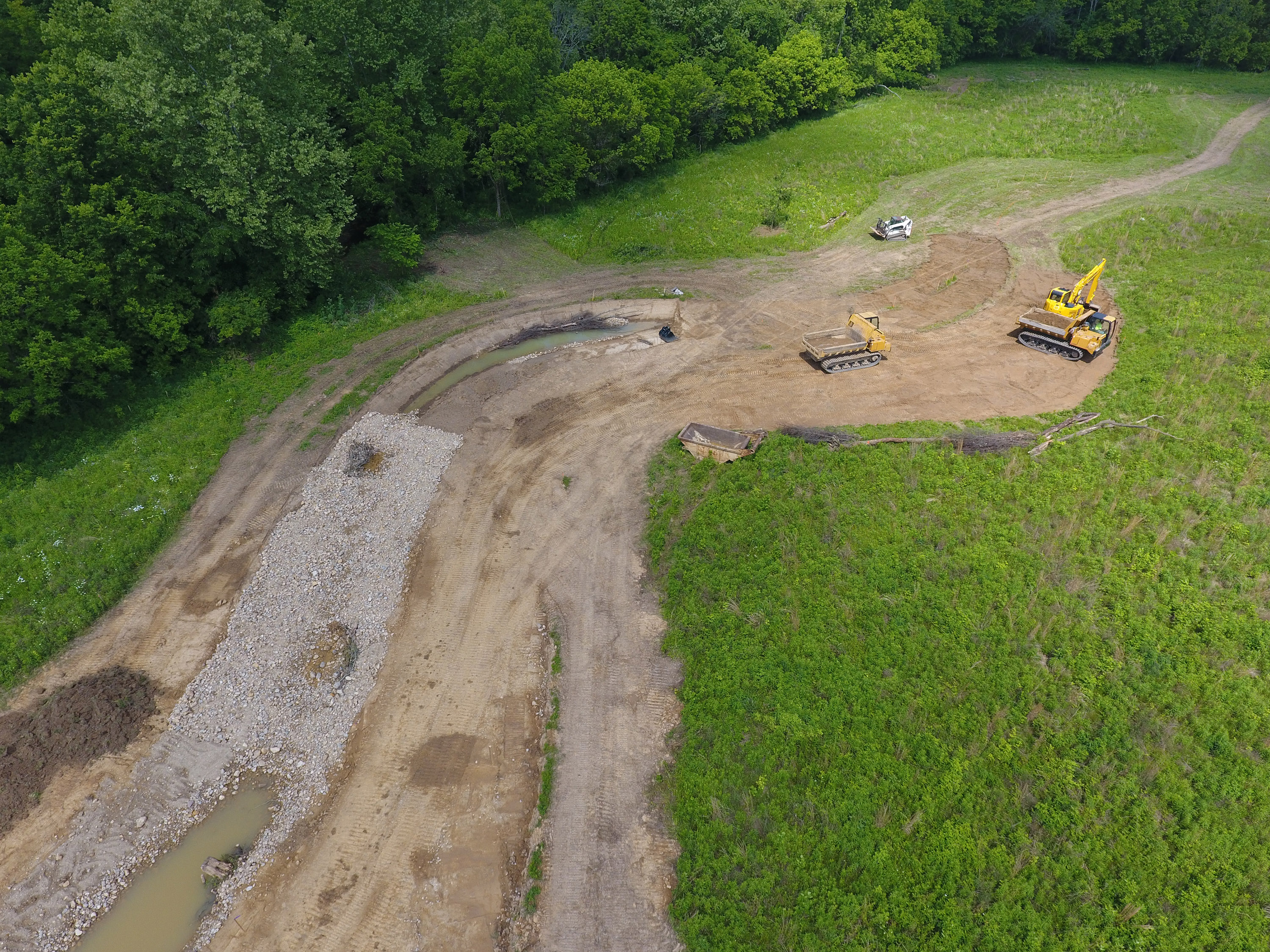
Request Stream or Wetland Mitigation Credits
The Nature Conservancy has mitigation credits available to meet the needs of the regulated community.
Regulatory agencies determine whether a permit applicant can use the OMP as their mitigation option, and the amount of credits they require. OMP is a state-wide mitigation program; however, there are a limited number of credits available for each watershed and resource type. Pricing for credits is available here. These credits are considered second in the preferential hierarchy established by the 2008 mitigation rule, which means that there is a regulatory preference for any mitigation bank credits that are available in the area of impact.
Economic Advantages of Purchasing Credits From OMP
- Allows applicants to pay the fee “in lieu of” performing their own mitigation and maintaining it for 5-10 years.
- Reduces permitting time and costs.
- Transfers all mitigation obligations to The Nature Conservancy.
- Provides a one-stop mitigation opportunity for both stream and wetland impacts.

Requesting Credits
The process to purchase credits from the OMP is briefly outlined as follows:
- Applicant completes and submits an Initial Credit Request Form to The Nature Conservancy.
- If credits are available in the appropriate service area, TNC will issue a Letter of Credit Availability and Reservation.
- Applicant submits Letter of Credit Availability and Reservation with their permit documents to the regulatory agencies.
- When the applicant is ready to purchase the mitigation credits, generally, once the permit has been issued, the applicant must complete a Final Credit Request Form (template provided by TNC). This will reflect any changes since the initial request and the final mitigation requirements of the permit.
- Applicant sends the Final Credit Request Form and full payment to TNC. TNC signs the Form and sends it back to the Applicant along with a Payment Voucher which the Applicant can use to satisfy their permitting requirements.
For credit availability, pricing, voucher submission or payment contact Devin Schenk at dschenk@TNC.ORG.
Important Note
As sponsor of the OMP, The Nature Conservancy has the discretion not to sell mitigation credits for impacts to our conservation priorities in the state. While TNC has exercised this discretion extremely infrequently in our other mitigation programs, we stress it here simply to give members of the regulated community advance notice that they should contact us early in the process to ensure that TNC can, in fact, satisfy their mitigation needs.
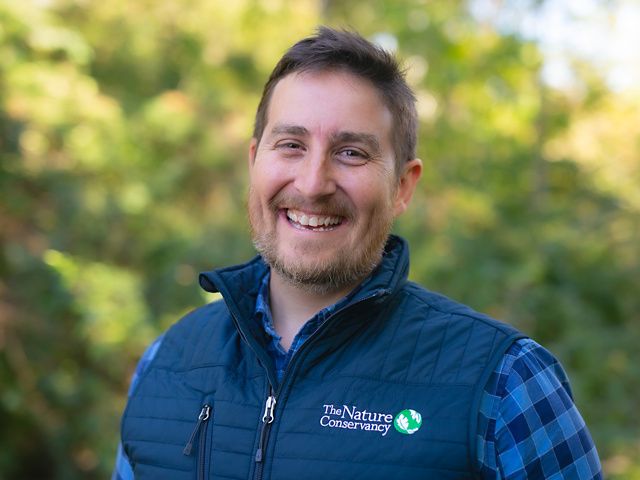
OMP Contact
For more information, contact the Ohio Mitigation Program Manager, Devin Schenk at dschenk@tnc.org.
Learn More
-
OMP Brochure
Learn more about the Ohio Mitigation Program. Open the Ohio Mitigation Program brochure.
-
2025 OMP Credit Fee Schedule
Visit the 2025 OMP Credit Fee Schedule. See the credit fee schedule.
-
Primary Service Area Map
Learn more about where we're prioritizing stream and wetland mitigation projects. See the primary service area map.


